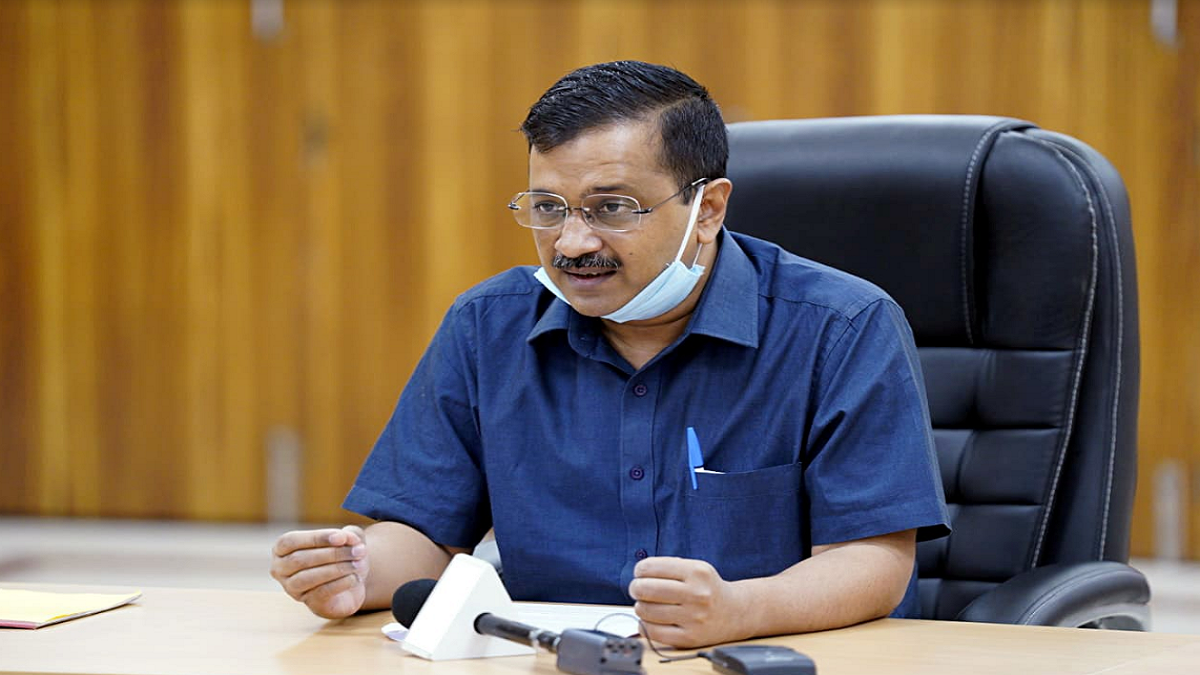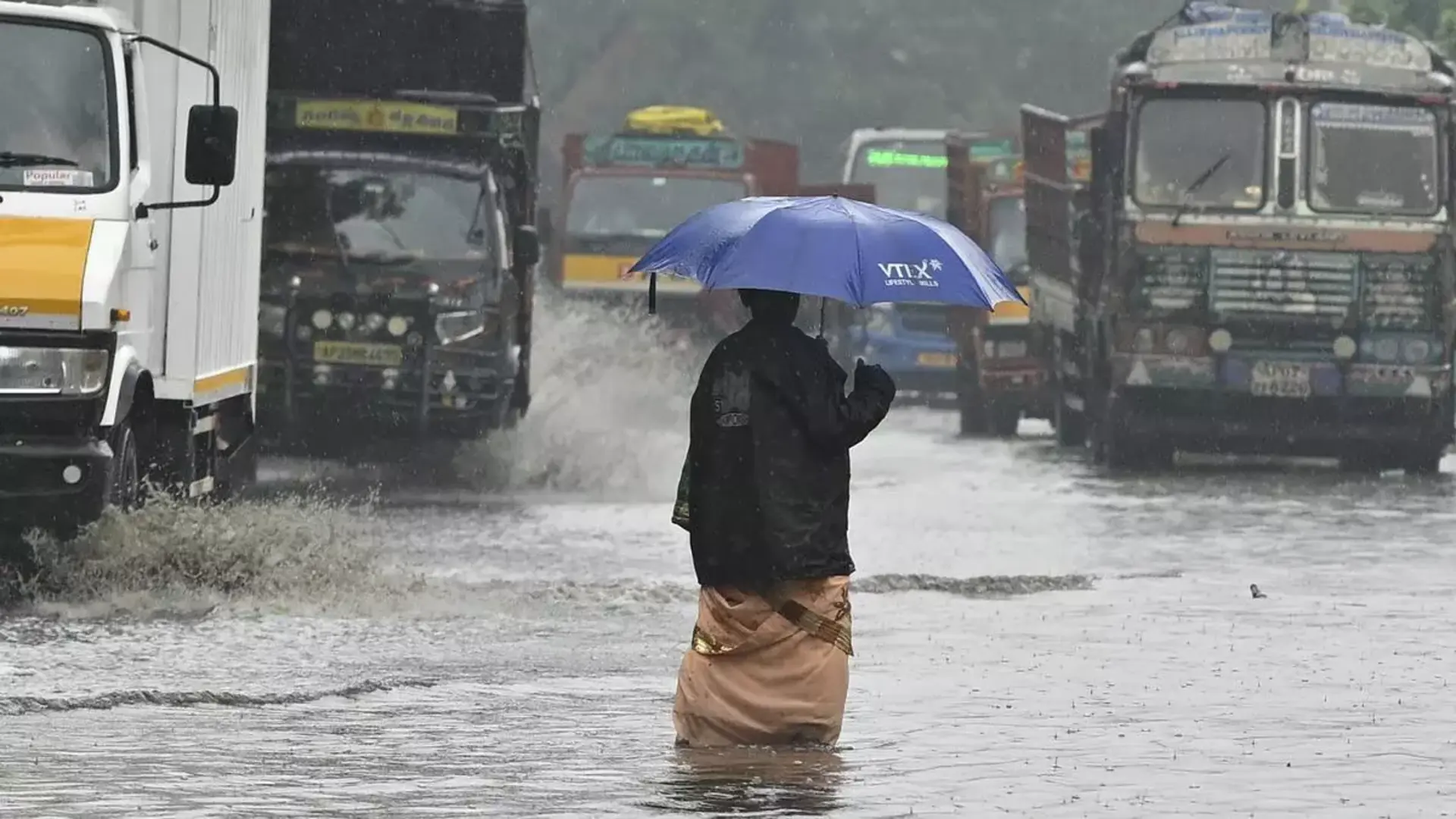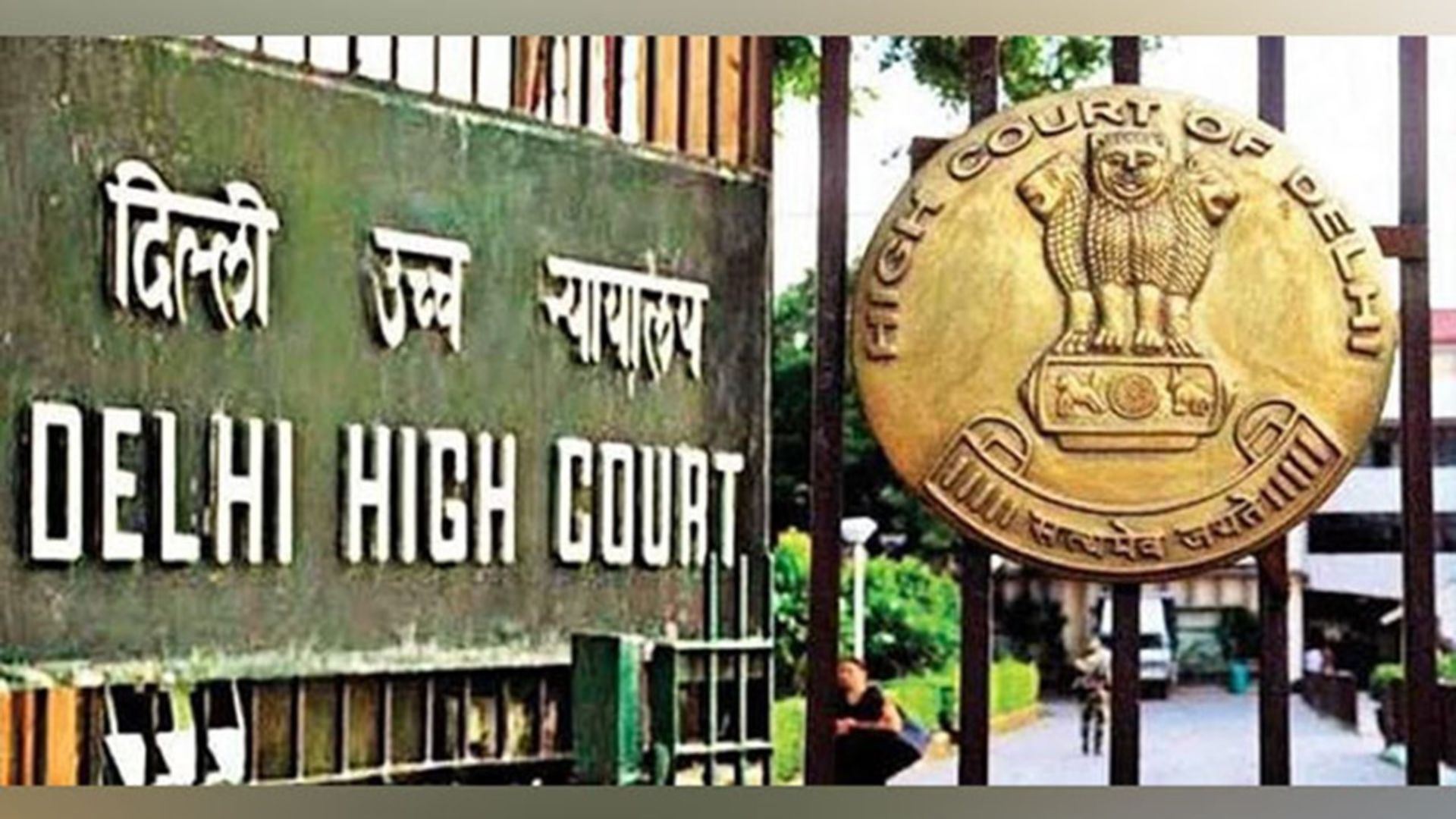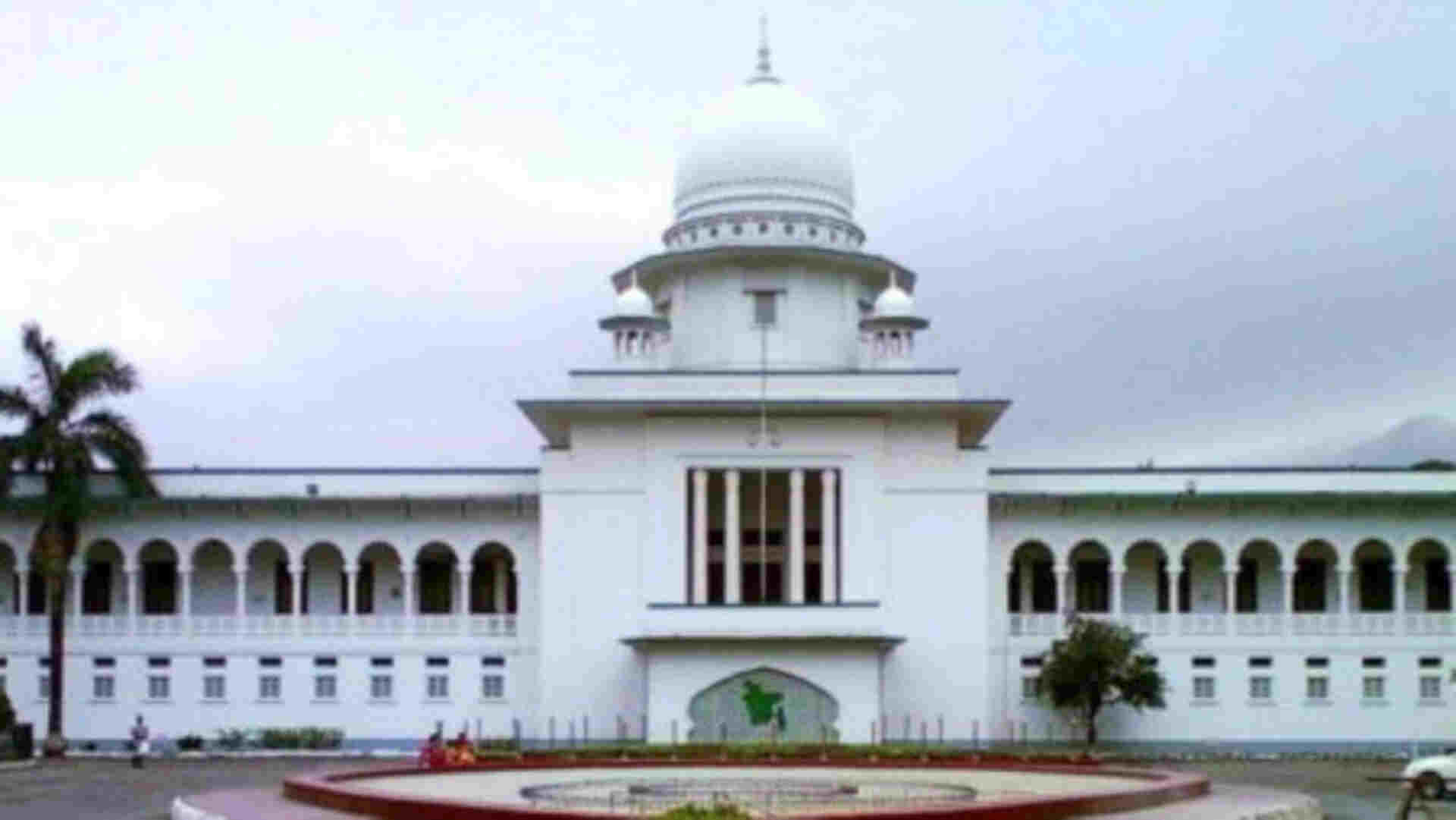
With the constant dip in mercury and air quality aggravating from moderate to very poor category in Delhi and its surrounding areas, the hospitals in the national capital are getting flocked by patients of asthma, chronic obstructive pulmonary disease (COPD) and other acute respiratory illnesses. Health experts are witnessing an almost 20 per cent rise in the number of such patients for the last two weeks.
Meanwhile Delhi Chief Minister Arvind Kejriwal on Wednesday accused neighbouring states for their failure in providing an alternate option of stubble burning to their farmers which leads to major pollution across northern India.
Without naming Haryana and Punjab, CM Kejriwal said, “Neighbouring state governments have done nothing to provide relief to the farmers, because of which the farmers are forced to burn stubble.”
The CM said that the neighbouring states, where the practice of stubble burning is prevalent, should implement the alternative without any excuses. He also said that farmers are highly distressed due to the absence of alternatives to stubble burning, due to which they are left with no option but to burn stubble and bear the brunt of pollution.
“Every year, the smoke from stubble burning pollutes Delhi. The media reports and satellite images show that the practice of stubble burning is quite prevalent in the neighbouring states of Delhi, especially Punjab,” Kejriwal said, while addressing the media.
With rising pollution in the city, experts have warned that long-term exposure to severely polluted air could also result in the development of cancer. Desh Deepak, a pulmonologist at the Centre-run Ram Manohar Lohia Hospital (RML), said that air pollution has been well-recognised as a cancer-causing agent. “Air pollution is a Class 1 cancer-causing agent. It is a certified carcinogen recognised by the World Health Organization (WHO). Long-term exposure to it could turn it into a cancer,” he told IANS.
Agreeing with Deepak, Manish Sharma, medical oncologist at the Rajiv Gandhi Cancer Institute and Research Centre, said that air pollution is directly associated with development of lung cancer. “In 2013, the International Agency for Research in Cancer (IARC) had categorised air pollution as Group 1 carcinogen for lung cancer and Group 2A for several other kinds of cancers. It means that air pollution is directly responsible for lung cancer. However, an association with other kinds such as bladder cancer, breast cancer and esophagus cancer is probable,” he explained.
Sharma also stated that air pollution is exacerbating mortality among cancer patients by a whopping 22 per cent. He pointed out that every 10 micrograms per cubic metre increased exposure to PM 2.5 leads to risk of dying from cancer by 22 per cent.
Deepak informed that the hospitals are receiving up to 20 per cent rise in patients suffering from chronic respiratory illnesses. “It is an annual feature where the footfall of patients with existing lung and respiratory disease increases in the hospitals. However, the general practitioners working at community levels could witness more number of patients,” he added.
With IANS inputs














